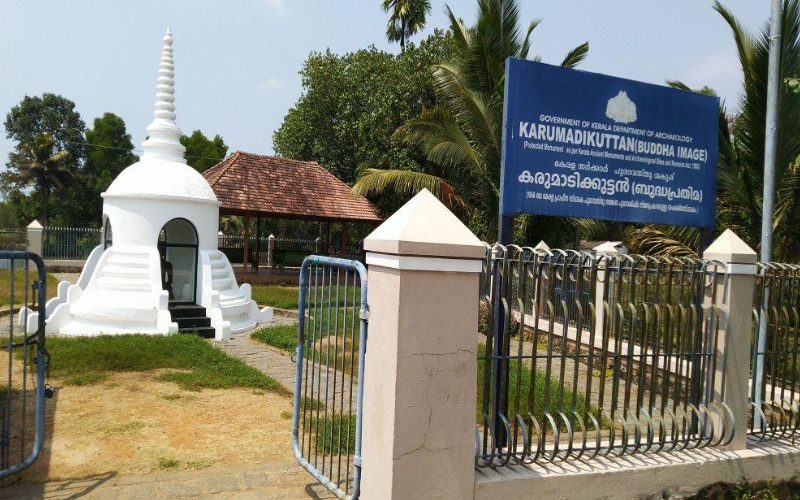Karumadi Kuttan: The Iconic Buddha Statue of Kerala
Karumadi Kuttan is a very significant historical site spiritually constructed in Karumadi village, Alappuzha, Kerala. This place is recognized globally because it has an ancient black granite statue of Buddha; also since it reflects the historical link of Kerala with the religion of Buddhism. This religion once flourished in the zone where today one sees Karumadi Kuttan, fondly referred to as “the boy from Karumadi.” It is believed that the most leading scholars have considered the idol to have originated during the 10th century AD. Thus, this artifact has remained most significant under Kerala’s cultural and religious history.
Over the years, Karumadi Kuttan has invited historians, archaeologists, and even spiritual seekers or curious travelers alike, seeking such slightly obscure treasures of history. This document is a detailed understanding of the history, meaning, and cultural value items such as Karumadi Kuttan which even affects the good of Kerala heritages.
Historical Background
In the early years of the Common Era, one of the flourishing religions in Kerala was Buddhism. This was revealed through the treasures of the past that include inscriptions, architecture, and relics scattered all over the land. Sources show that Buddhism spread in Kerala between the 3rd century BCE and 8th century CE, mainly due to the missionaries sent by Emperor Ashoka during the Mauryan period.
One of the very few surviving remains of Buddhist establishments in the region is a three-foot-high black granite statue, Karumadi Kuttan, the image of Lord Buddha. This statue, dating back to the 10th century, is an undeniable proof of Buddhism’s existence in Kerala before disappearing as Hinduism and later Islam expanded into control.

